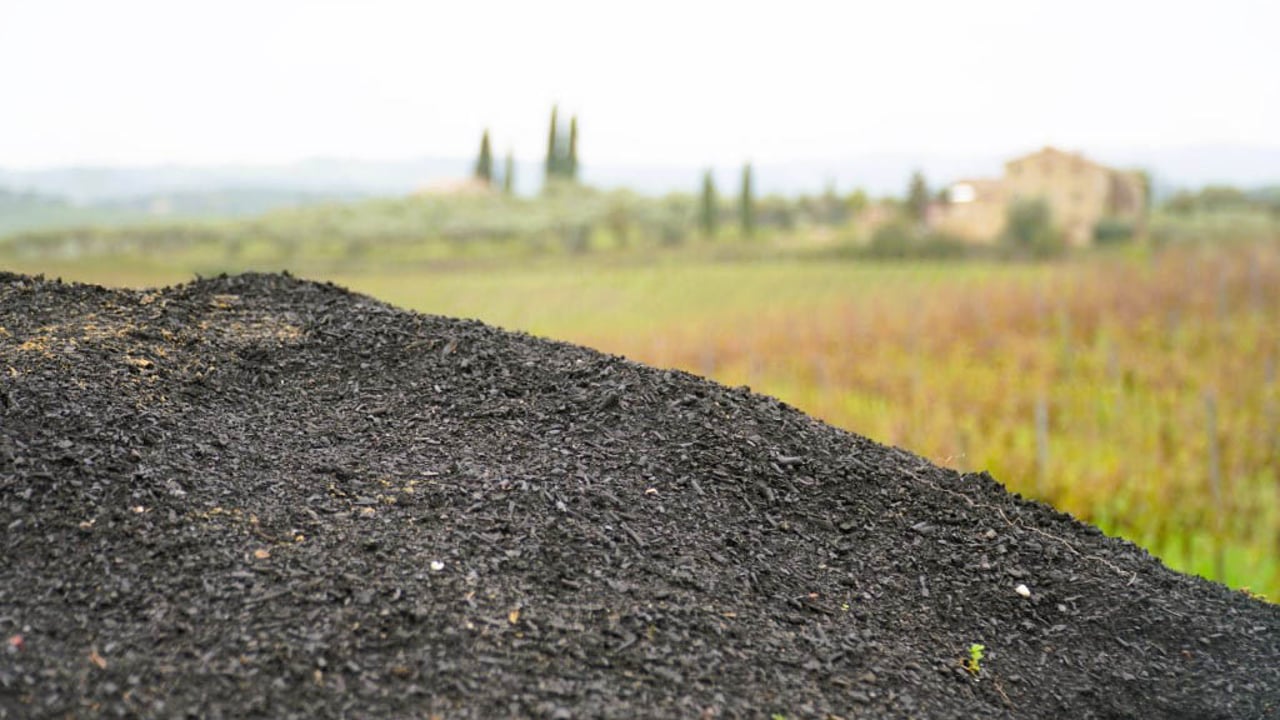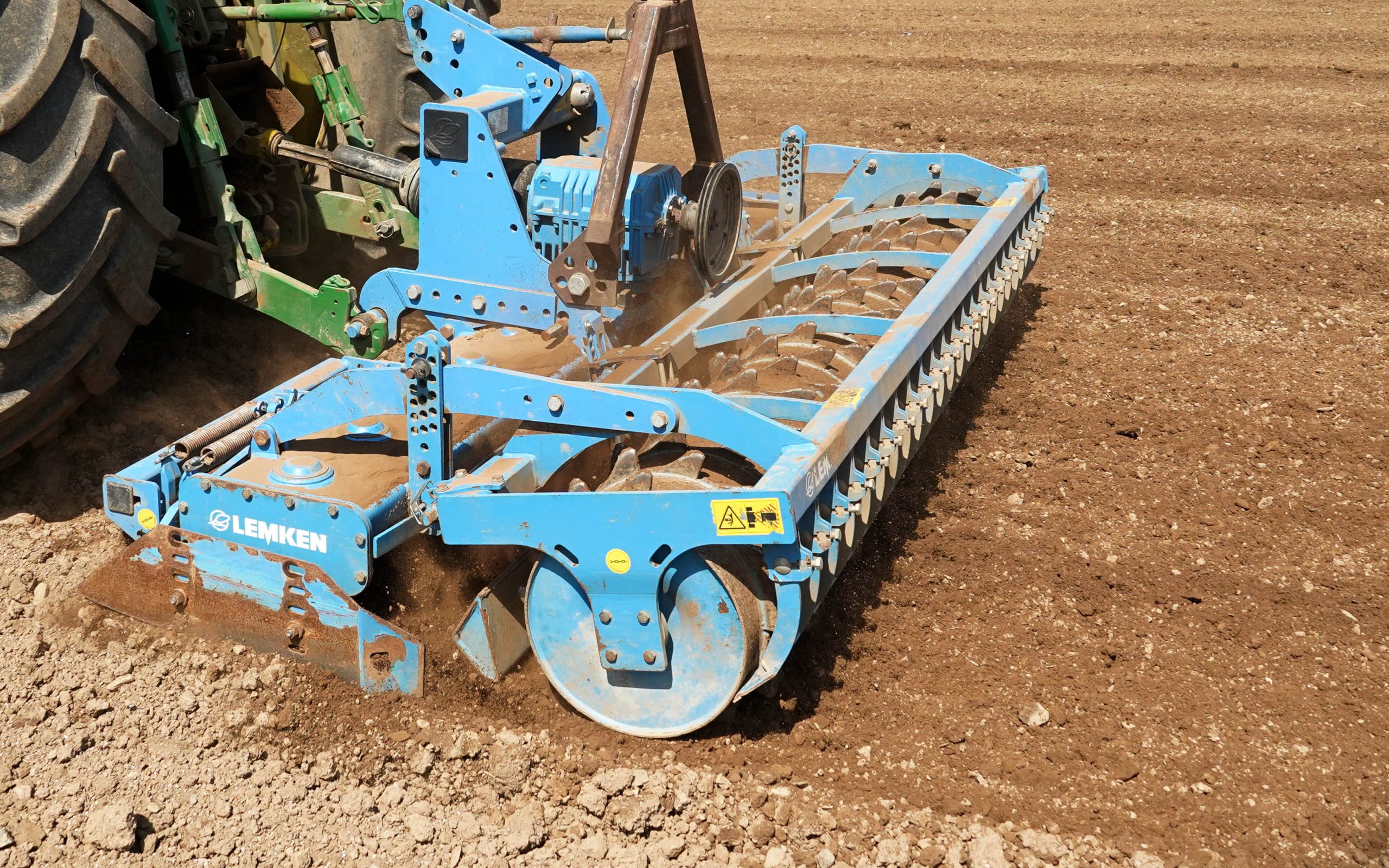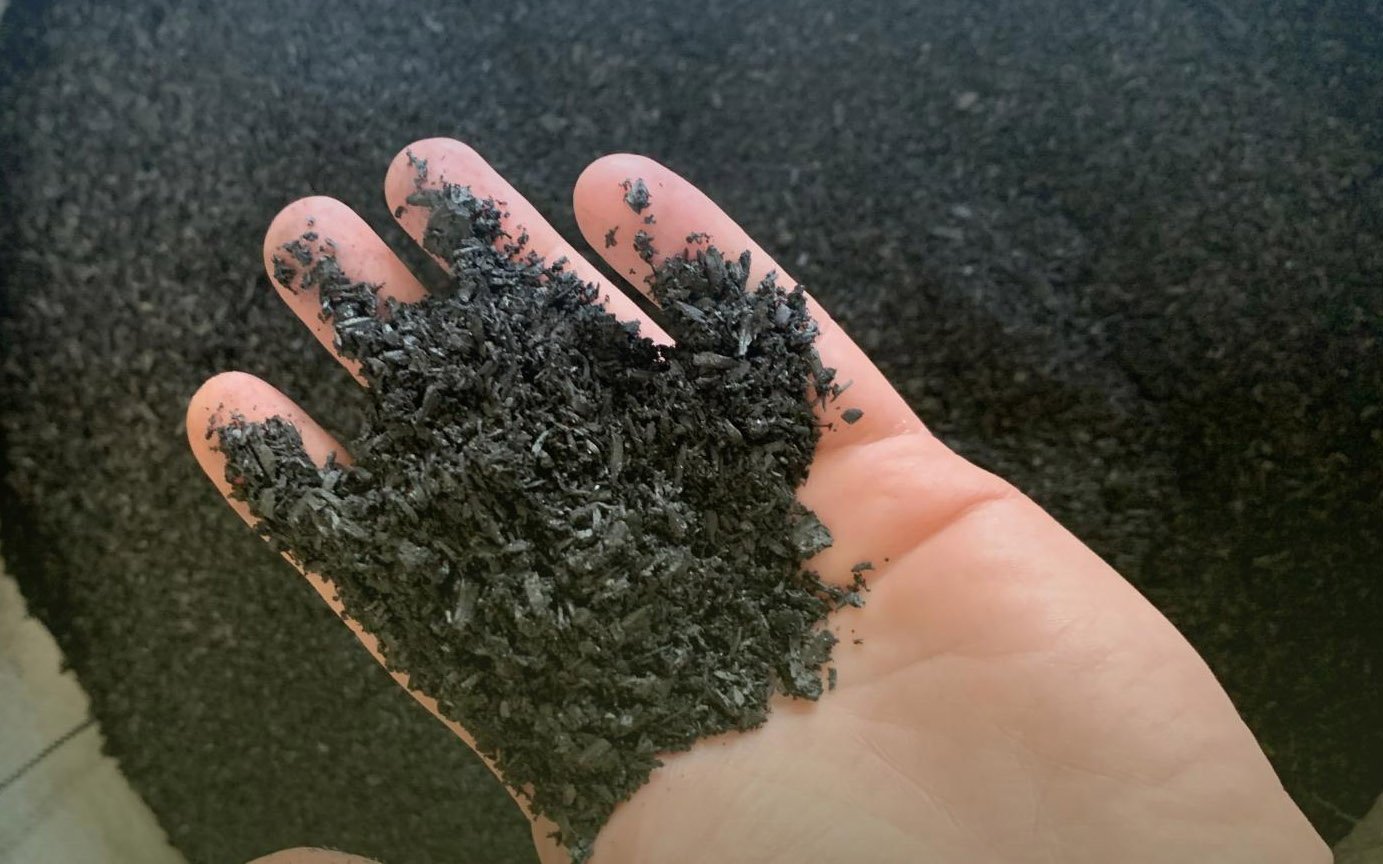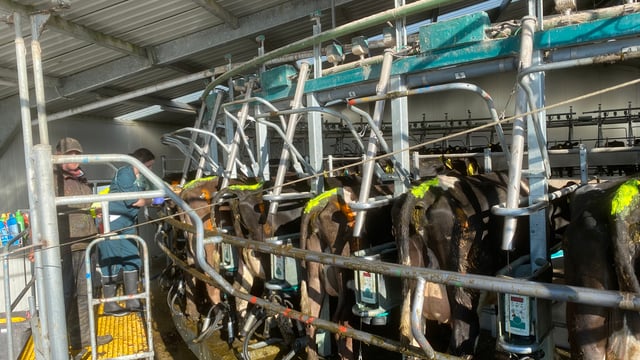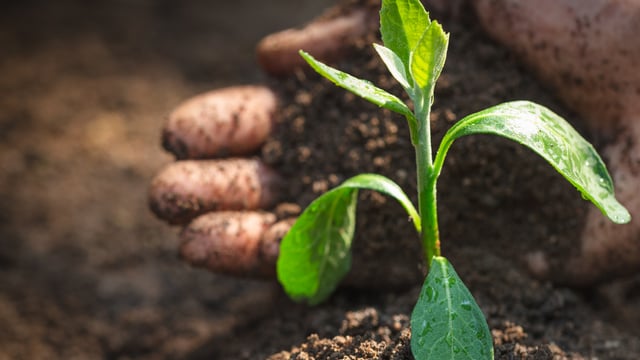Is biochar the wonder fix for Irish soils?
Biochar is gaining some momentum as a soil additive in the organic world, with talk of its use being extended to conventional and more extensive farming and trials in China adding up to 4t/ha on field scale plots.
But behind the name lies a complexity of issues concerning its composition and use.
Char is the solid carbon residue left after the process of pyrolysis, which is simply the heating of organic matter in the absence of oxygen to produce various liquids ranging from turpentine to tar.
Biochar refers to the feedstock for the material, which is generally organic matter derived from plants or other natural material such as dung.
Biochar is becoming widely regarded as a worthy soil conditioner or additive, said to boost various properties of the soil, including the reduced leaching of nitrogen and increased cation exchange capacity, which is the mechanism by which plants absorb minerals into their roots.
These two functions are not unrelated for the retention of nitrogen in the soil and accelerating its uptake can only be of benefit to a crops yield.
In addition, biochar is also claimed to moderate soil acidity and increase the water-holding capacity of the soil, a feature which comes into its own in drier climates.
Last but not least, the addition of biochar is said to encourage microbes and other microscopic life within the soil ecosphere, leading to a healthier soil with a more resilient structure.
These are bold claims that have been backed up by trials, but the results are difficult to quantify. Hence, the studies issue guidance and advice, not least because biochar is a generic name for a material that varies widely in its properties and structure.
There are two main variables that will affect the characteristics of biochar; the first is the material from which it is derived, and the second being the temperature to which it is heated.
Carbon is quite an incredible element that forms the basis of all known life on the planet that is cycled in a harmonious relationship between plant and animal through photosynthesis and respiration.
Carbon will also form a huge number of allotropes, i.e., different structures in its elemental form - diamond and graphite being the two best known.
Yet there are at least 500 other types of carbon allotropes that have been identified, including a group referred to as amorphous carbon, the members of which have no crystalline structure and make up materials such as soot, coal, and carbon black.
It is this type that is of interest to soil scientists, for amorphous carbon group members have a wide range of properties and - at a molecular level - activation sites, which are known to play an important part in binding minerals to their structure, and hence to any soil containing them.
The properties of the char created by pyrolysis of plant residue will be dictated by the structural properties of the carbon in the original plant tissue, along with the temperature to which it is heated.
Proponents of biochar point out that the material should not be confused with activated carbon, which is formed at temperatures of between 600℃ and 900℃ . Biochar tends to be created at lower temperatures.
The discussion around biochar tends to characterise it as as a homogenous, standard product that will bring a predictable response to its application, but this is uncertain.
Yet despite this variance, biochar would appear to hold potential, for the Chinese trials showed yield increases of up to 20% in tropical crops, although the debate around why this might be so is still very much ongoing.

